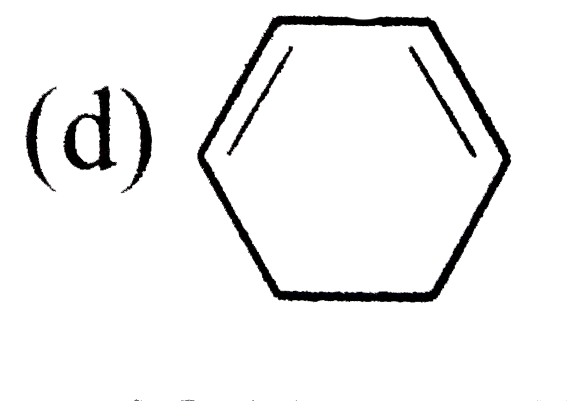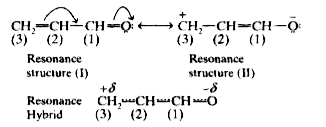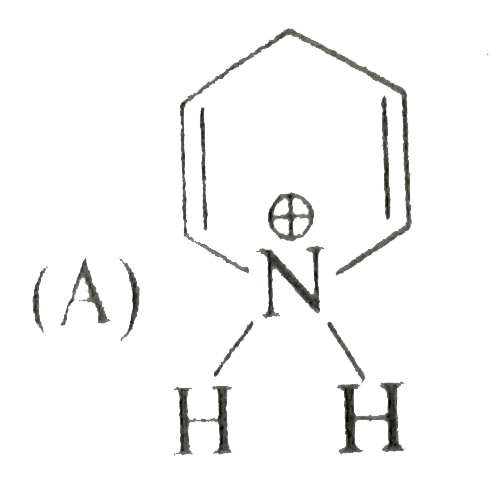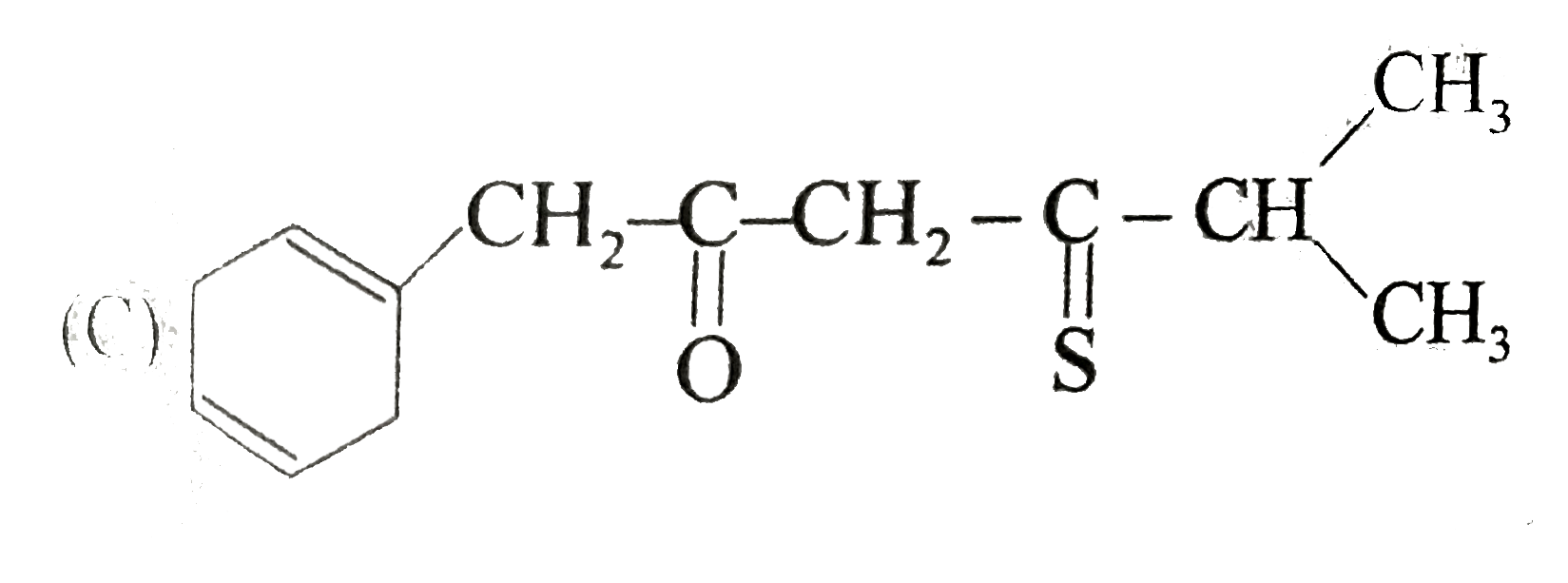Which does not have conjugate system?
CH2=CHCl
CH2=CHCHO
CH3CH=CH2

The correct Answer is:C
To determine which of the given options does not have a conjugate system, we will analyze each option step by step.
Step 1: Analyze Option A - CH2=CH-Cl
- In this molecule, we have a double bond between the two carbon atoms (C=C) and a chlorine atom attached to one of the carbons.
- The chlorine atom has a lone pair of electrons, which can participate in resonance with the double bond.
- Therefore, this molecule has a conjugate system.
Hint: Look for lone pairs and double bonds that can interact.
Step 2: Analyze Option B - CH2=CH-CH=O
- This molecule has two double bonds: one between the first two carbon atoms (C=C) and another between the second carbon and oxygen (C=O).
- The C=O bond can also participate in resonance with the adjacent C=C bond.
- Thus, this molecule also has a conjugate system.
Hint: Check for multiple double bonds and their ability to interact.
Step 3: Analyze Option C - CH3-CH=CH2
- In this molecule, there is a double bond between the second and third carbon atoms (C=C).
- However, there are no lone pairs present on any of the atoms that can participate in resonance with the double bond.
- Therefore, this molecule does not have a conjugate system.
Hint: Identify if there are any lone pairs that can participate in resonance.
Step 4: Analyze Option D - CH2=CH-CH=CH2
- This molecule contains two double bonds: one between the first two carbon atoms and another between the third and fourth carbon atoms.
- The alternating double bonds allow for resonance, creating a conjugate system.
Hint: Look for alternating double bonds that can interact.
Conclusion:
After analyzing all options, we find that Option C (CH3-CH=CH2) does not have a conjugate system.
Final Answer: C part.
- In this molecule, we have a double bond between the two carbon atoms (C=C) and a chlorine atom attached to one of the carbons.
- The chlorine atom has a lone pair of electrons, which can participate in resonance with the double bond.
- Therefore, this molecule has a conjugate system.
- This molecule has two double bonds: one between the first two carbon atoms (C=C) and another between the second carbon and oxygen (C=O).
- The C=O bond can also participate in resonance with the adjacent C=C bond.
- Thus, this molecule also has a conjugate system.
- In this molecule, there is a double bond between the second and third carbon atoms (C=C).
- However, there are no lone pairs present on any of the atoms that can participate in resonance with the double bond.
- Therefore, this molecule does not have a conjugate system.
- This molecule contains two double bonds: one between the first two carbon atoms and another between the third and fourth carbon atoms.
- The alternating double bonds allow for resonance, creating a conjugate system.
After analyzing all options, we find that Option C (CH3-CH=CH2) does not have a conjugate system.
Topper's Solved these Questions
- BOOK - A2ZCHAPTER - SOME BASIC PRINCIPALS OF ORGANIC CHEMISTRYEXERCISE - Acid And Basic Strength29videos
SOME BASIC PRINCIPALS OF ORGANIC CHEMISTRY
- BOOK - A2ZCHAPTER - SOME BASIC PRINCIPALS OF ORGANIC CHEMISTRYEXERCISE - Bond Fission, Reagents, Reactive Intermediates And Their Stability31videos
SOME BASIC PRINCIPALS OF ORGANIC CHEMISTRY
- BOOK - A2ZCHAPTER - SOME BASIC CONCEPTS OF CHEMISTRYEXERCISE - Section D - Chapter End Test30videos
SOME BASIC CONCEPTS OF CHEMISTRY
- BOOK - A2ZCHAPTER - STATES OF MATTEREXERCISE - Section D - Chapter End Test30videos
STATES OF MATTER
Similar Questions
Knowledge Check
- Question 1 - Select One
The bond length between C2 and C3 in acrutl aldehyde is not equal to the bond length between carbons of ethene because in acryl aldehyde double is in conjugation , so it it shows resonance which results in an increase in the bond length between C2 and C3 in acryl aldehyde .

Which compound does not have the conjugative system to show the resonance ?ACH2=CH−CH=CH−CH2−CH3B C
C D
D
- Question 2 - Select One or More
Among the following which one is having conjugated system:
A BCH3−O∣∣C−..O..−C∣∣O−CH3C
BCH3−O∣∣C−..O..−C∣∣O−CH3C D
D
- Question 3 - Select One
Which one is a conjugate enzyme
ASuccinate dehyrogenaseBUreaseCTrypsinDBoth A and B.
Which of the following species cannot have conjugate base ?
View SolutionWhich one of the following does not have an exretory system?
View SolutionWhich codon does not have tRNA ?
View SolutionAmong the following the one which does not represent a conjugate acid-base pair is
View SolutionWhich one of the following does not have an excretory system ?
View Solution

